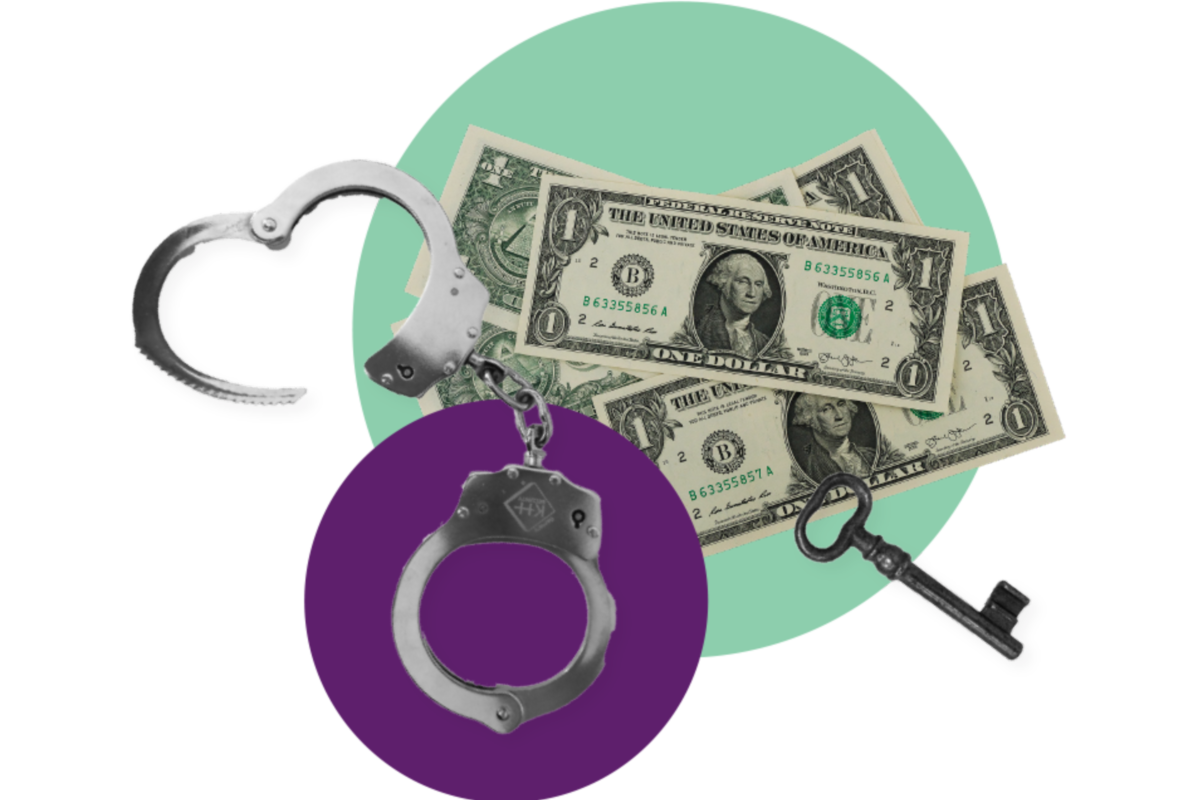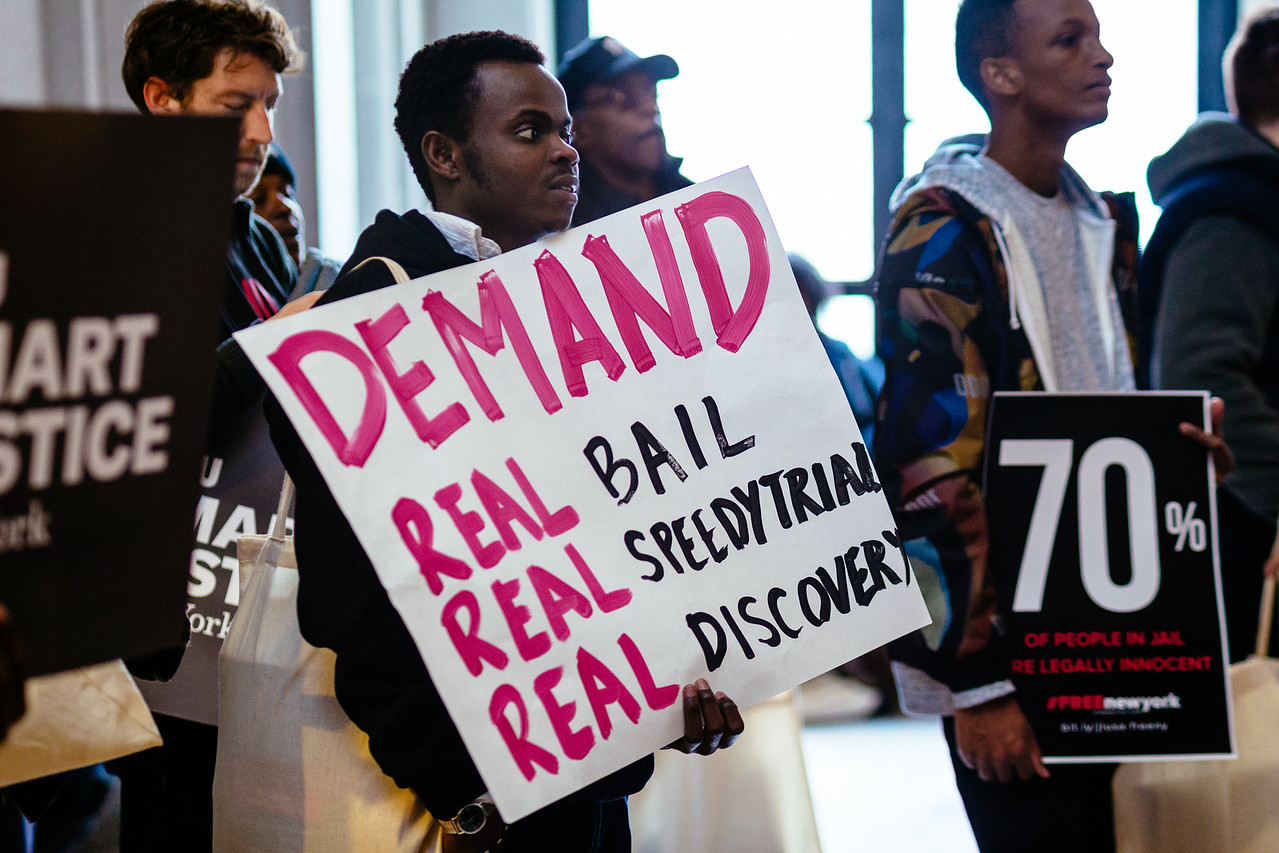The Facts on Bail Reform
Wealth should not determine liberty.

In 2019, New York lawmakers passed legislation that eliminated the use of cash bail for most misdemeanors and some nonviolent felony charges, in an overdue recognition that a person’s wealth should not determine their liberty. But in 2020, prosecutors and police departments led a misinformation campaign that resulted in roll backs of the 2019 reforms. Now opponents of the bail law are determined to spread more misinformation and fear, threatening to undermine due process and push New York even further backward.

Bail reform is essential to improving public safety, upholding due process, advancing racial justice, and protecting public health during the COVID-19 pandemic. It is also working. People released under New York’s bail reform law are returning to court at high rates.
What the Bail Law Does
New York’s bail law currently eliminates money bail for most misdemeanors and nonviolent felonies. Those accused of these crimes are either freed without restrictions while their case plays out, or released under certain conditions like electronic monitoring. The law also requires police to issue appearance tickets to people charged with some low-level minor offenses, rather than taking them to jail.
Under the new law, judges are much more likely to look at alternatives to pretrial incarceration as conditions of release, such as drug treatment programing and other services that help people succeed in their community.
Prior to bail reform, these New Yorkers would have had to sit in jail, in often dangerous or even deadly conditions, even though they hadn’t been convicted of any crime. Given what we know about how rapidly COVID spreads in jails, it is no exaggeration to say that bail reform has saved lives. People held in jails are highly vulnerable to outbreaks of contagious illnesses like COVID. They are packed together in close quarters with little control over their daily interactions with others, and are often in poor health. Fewer people in jails means fewer people at risk of getting sick and dying.
Racial Justice Impacts
Everyone benefits in a society where people are presumed innocent until proven guilty and when people are not incarcerated without due process. But any attempt to roll back bail reform will have disproportionate impacts on Black people and other people of color.
A NYCLU report based on data that pre-dates bail reform found that in eight upstate counties, white New Yorkers were twice as likely to be released on bail as Black New Yorkers. Black New Yorkers were also twice as likely as white New Yorkers to spend the night in jail, and face a host of collateral consequences – including loss of employment, housing, childcare, and more – after bail was set.
The Dangers of “Dangerousness”
One idea from opponents of bail reform is punishing people preemptively, before they’ve even been accused, let alone convicted of any crime. Advocates for a so-called “dangerousness standard” want judges to be able to hold people in jail whom they think could commit crimes if they are released. In our racially unjust society, “dangerousness” inevitably becomes a proxy for what race a person is.
Efforts to Destroy Bail Reform are Not About Safety
There is no evidence that bail reform has contributed to an increase in crime. For the prosecutors and law enforcement officials fear-mongering about bail, the real issue has never been about safety. It’s about power. Prosecutors want the power to coerce people – even those who have not done anything wrong – into taking plea deals. Police departments want to avoid any scrutiny of their failures and use bail reform as a scapegoat.
